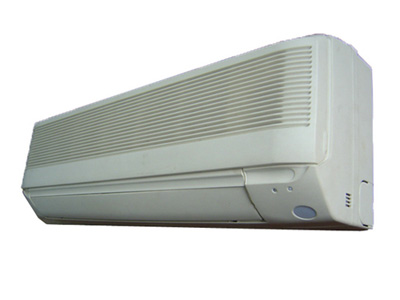Air conditioning mould removal is a difficult and arduo […]
Air conditioning mould removal is a difficult and arduous process, not to mention expensive. If you are looking to air condition your home this winter, or perhaps plan to do so in the near future, then you must be prepared for the cost and the time involved in undertaking this task. The most effective way to prevent air conditioners from developing the mold spores that cause allergies and asthma, is by using an air conditioner filter which is either replaced once dirty or regularly cleaned. A good filter will also help to prevent the formation of black mold, which is often a symptom of mold growth. Black mold removal can be a lengthy and arduous process, costing in the tens of thousands of dollars, if not done correctly.
The first step to removing black mold from air conditioning moulds in your home is to take the air conditioner completely out of the house, and place it in a safe, dry location. It is a good idea to seal any cracks or crevices in the room that access the conditioner, as black mold spores can easily disperse into such crevices. Remove the batteries from the mains, and if possible, the condensers, too, to make sure that they are not damaged. After this, the conditioner should be left on the floor, where it will hopefully dry out.
The next step is to make sure that all the fans in the room have been switched off, and any fans that are still running must be secured in a safe place. You may also need to use some air dilution to add humidity back into the room, and then place a layer of newspaper over the coils. The moisture in the air will be pulled through the paper, effectively drying out any remaining mold spores on the coils. Cleaning the coils will be easier if you are dealing with an older model of air conditioning equipment, so ensure that the equipment is still under warranty.
If there is a lot of black mould build-up in the ducts for the filters, the specialist mould remover will need to be called out to take care of the problem. Take note that filters do need to be replaced from time to time, and this will need the expert to visit your home at a certain point in the cleaning process. Any mould removal that needs to be done in the ducts will need to be performed by someone who has experience in air conditioning systems. This way, the removal process will be done quicker, and without any damage being done to the system itself. It is extremely important that when this type of mould removal is needed that the person who does the cleaning is fully equipped with all the necessary tools and chemicals needed for the job.
One thing that many people forget when it comes to air conditioning systems is that moisture and heat rise, and air filters do not always remove all of the moisture that is generated within a room. With increased humidity and heat, the amount of dead mould spores in your home will increase. With this extra build-up, mould spores will find their way to other parts of your home, causing a new build-up of mould. For best results, any mould that is removed should be removed from all other rooms as well.
Many people believe that using regular vacuums on their indoor air conditioners and heaters is enough to keep the mould away. This may be true in some cases, but it is also important for air conditioning technicians to visit homes on a regular basis. The worst thing you can do is neglect to get someone out to check the ventilation in your home. Once you realize that bad ventilation is the culprit, you can then take the appropriate steps to correct the problem before it becomes a serious issue that can affect the performance of your air conditioning equipment.
www.xlpmould.net


Add: No.9 Hengtai Road, Tinghu Economic Development Zone, Yancheng City, Jiangsu, China
Tel: 0086-515-89806501
Fax: 0086-515-89806502
E-mail: [email protected]

 TOP
TOP